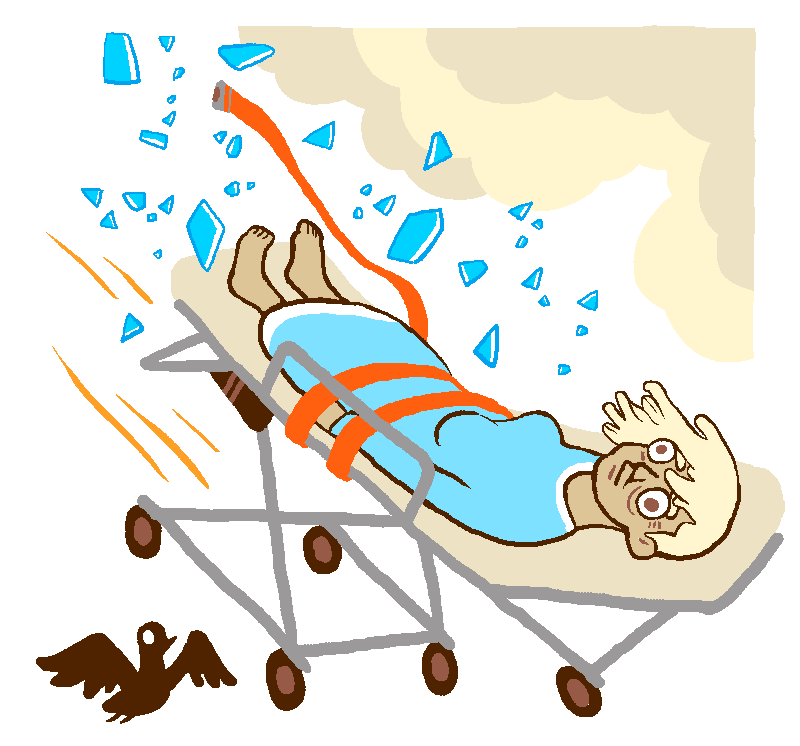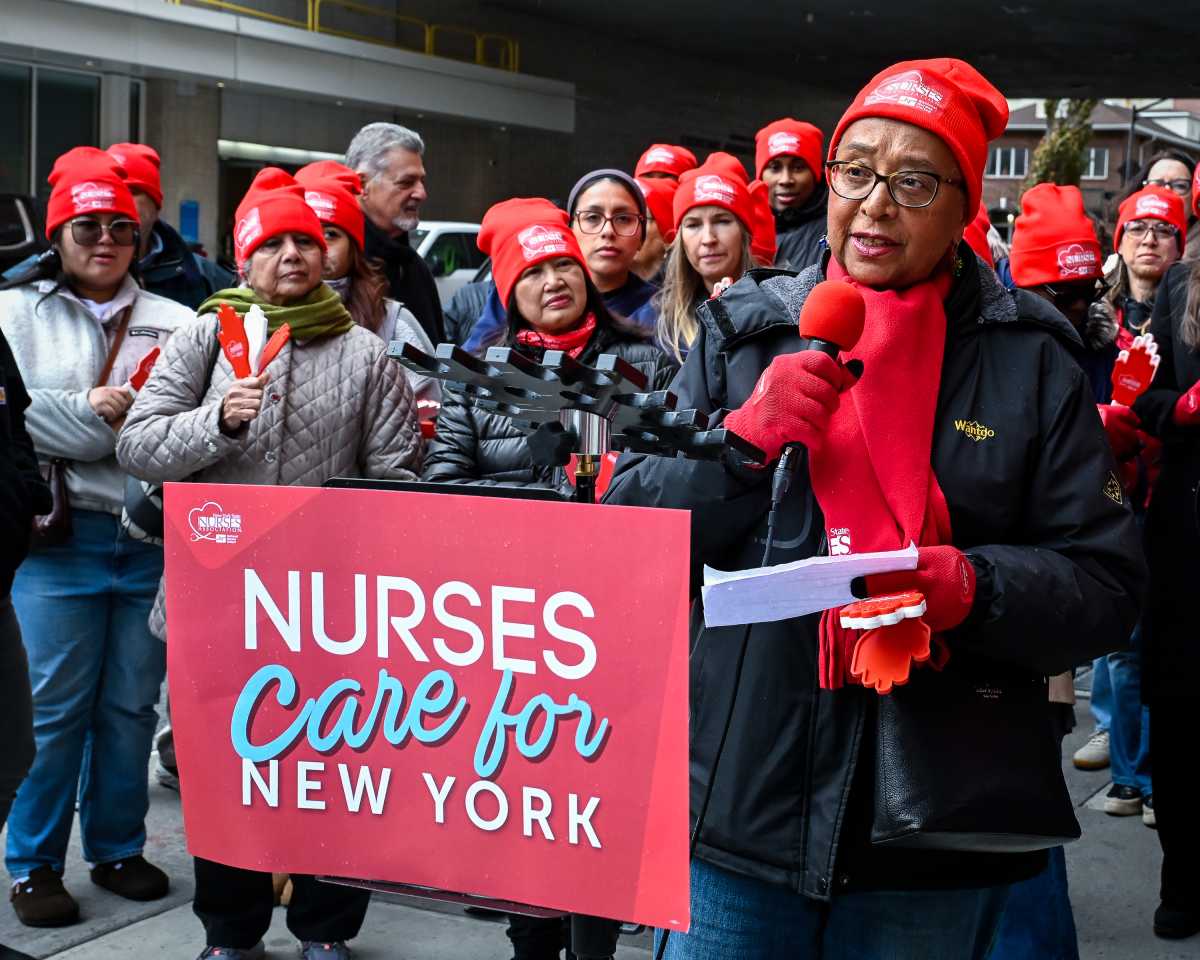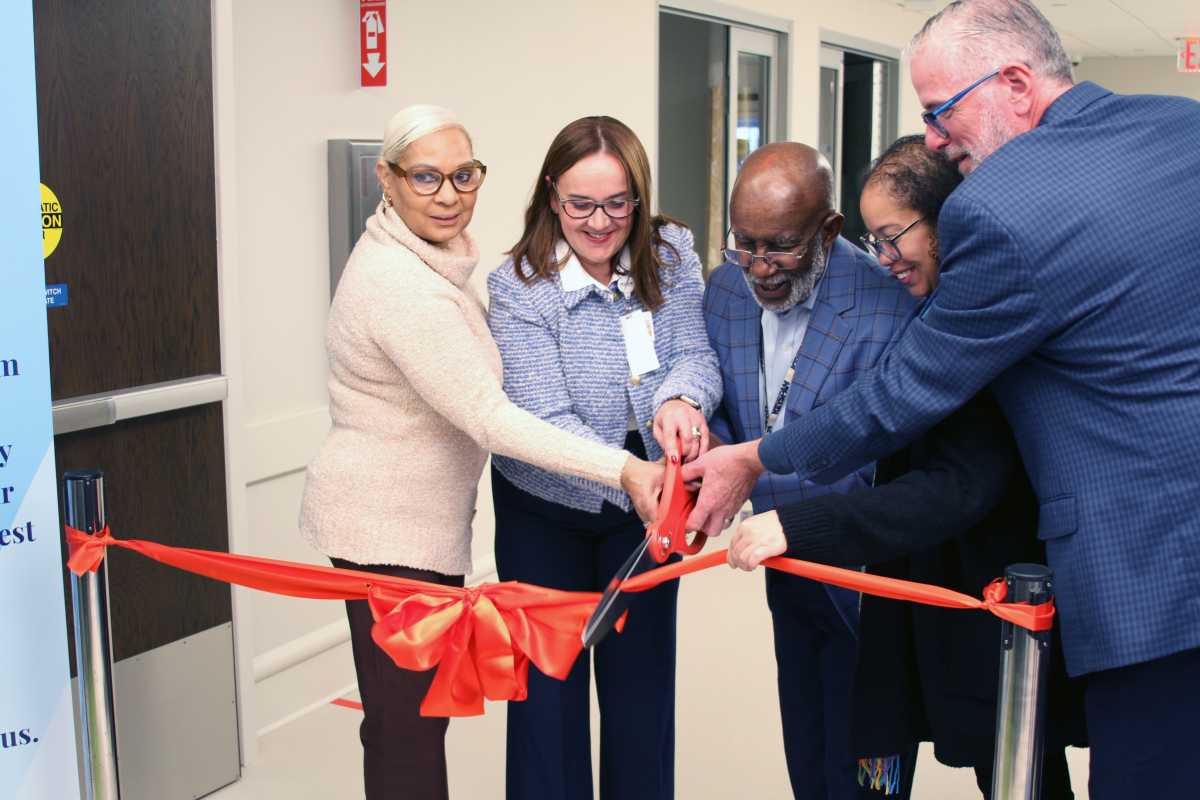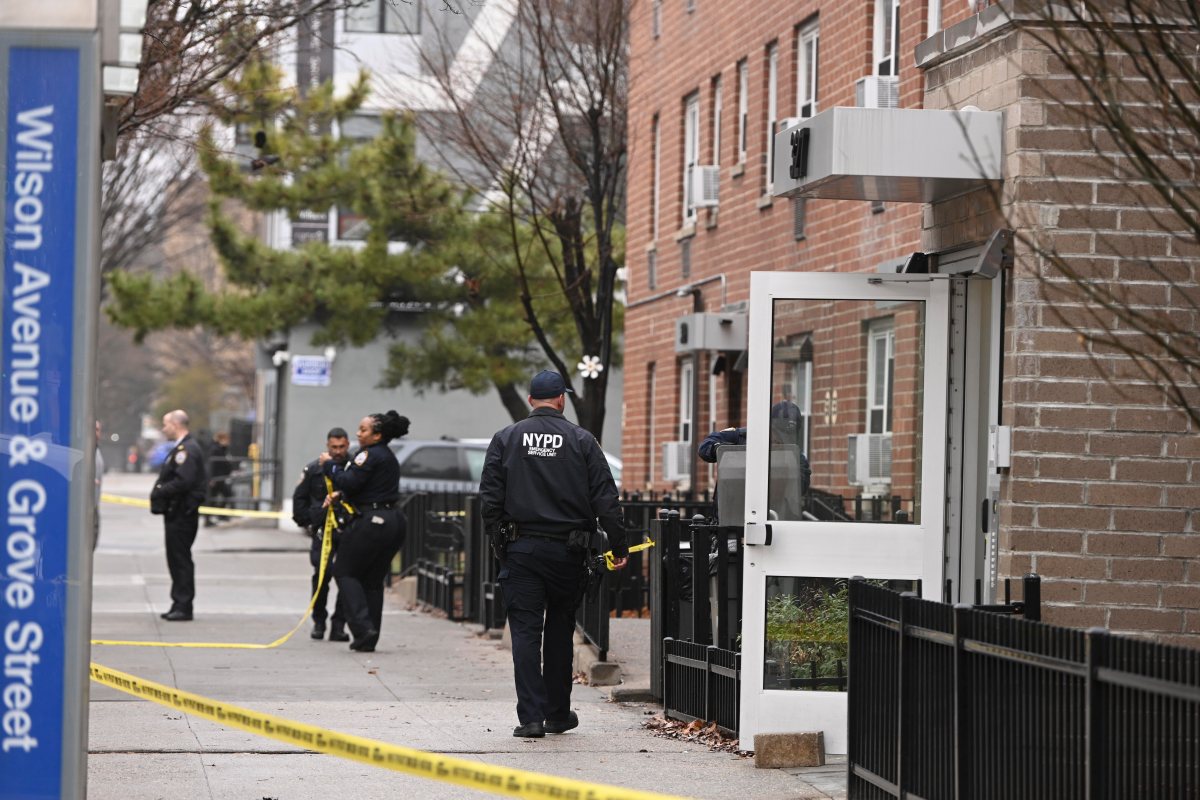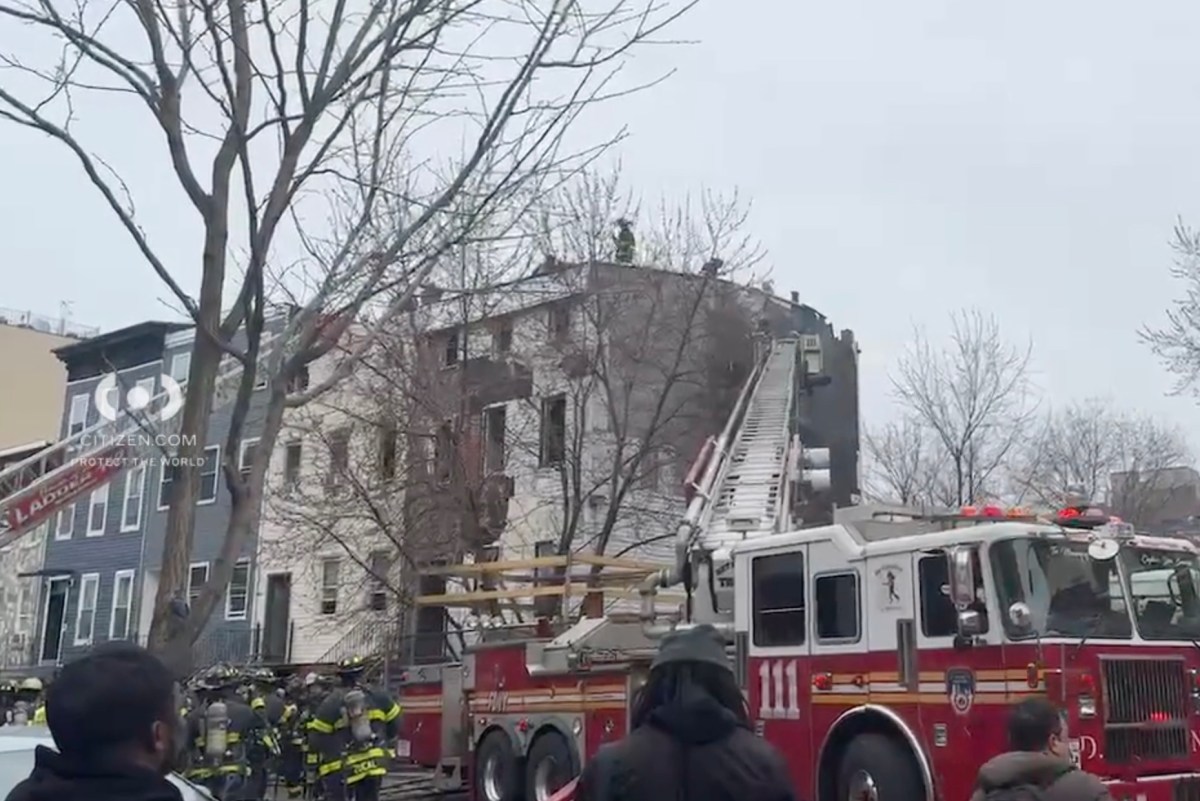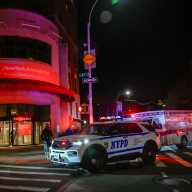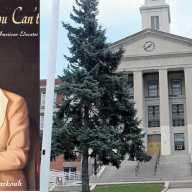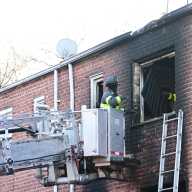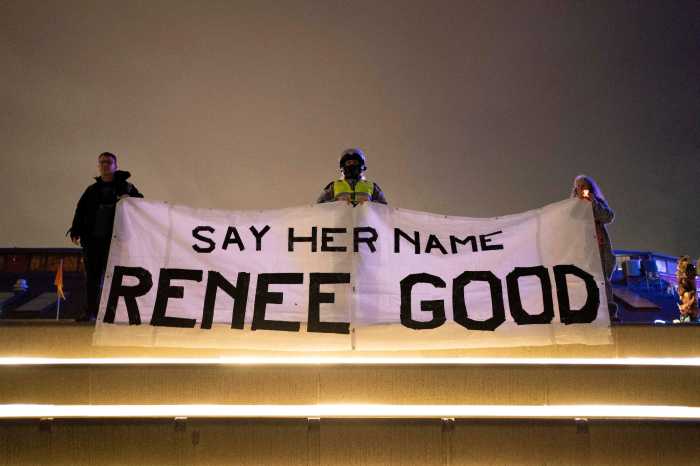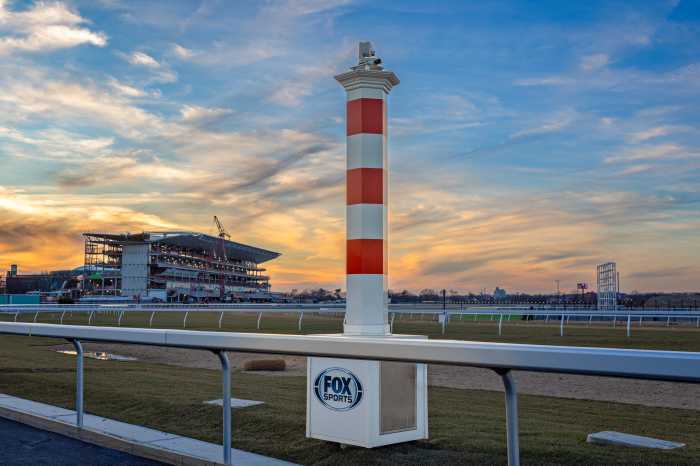Union nurses at several Brooklyn hospitals have rescinded their strike notices as they get nearer to reaching contract agreements with their employers.
Nurses at Maimonides Medical Center and One Brooklyn Health’s Interfaith Medical Center and Kingsbrook Jewish Medical Center reached tentative agreements late on Wednesday night, according to the New York State Nurses Association.
The exact details of the agreements have not been released, but NYSNA said they included promises to improve staffing ratios, maintain health benefits, guarantee wage increases, prevent workplace violence and regulate AI use in patient care.
NYSNA members at Maimonides and OBH will next vote on whether or not to ratify the proposed contracts.
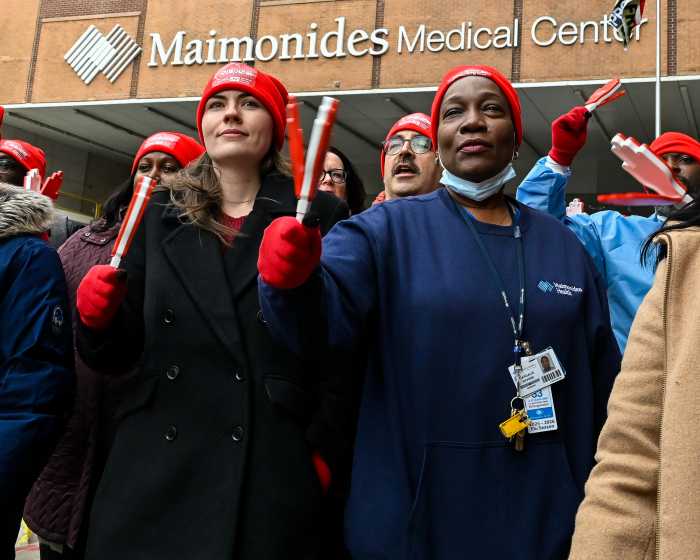
Meanwhile, nurses at Wyckoff Heights Medical Center and The Brooklyn Hospital Center rescinded their strike notices after hospital executives agreed to fund healthcare benefits, maintain pensions and improve staffing ratios.
More than 20,000 nurses at 12 private-sector hospitals issued a 10-day strike notice on Jan. 2, three days after their contracts expired on Dec. 31, 2025. NYSNA said at the time that hospital executives wanted to roll back staffing standards agreed upon after a 2023 strike at Montefiore and Mt. Sinai.
Nurses at Flushing Hospital Medical Center have also reached a tentative agreement, per NYSNA, and Richmond University Medical Center on Staten Island have pulled their strike notice.
But negotiations continue at BronxCare Health System, NewYork-Presbyterian, Montefiore Hospital and at three Mount Sinai locations in Manhattan. Executives and the city are preparing for strikes there.
Nancy Hagans, NYSNA president and a nurse at Maimonides, praised safety-net hospitals – including Maimonides and One Brooklyn Health — for reaching agreements before wealthier health systems.
“Our safety-net hospitals are leading the way in settling fair union contracts that protect New York City patients and nurses. If the poorest hospitals in our city can do the right thing, so can rich hospitals like Montefiore, Mount Sinai, and NewYork-Presbyterian,” Hagans said in a statement. “Instead, these wealthy hospitals seem determined to force frontline nurses out on strike. We still have four days to avert a strike in New York City, and we hope that management will come to their senses and put patients before profits.”
Preventing workplace violence and protecting nurses was of particular concern for NYSNA members after an armed man entered a Mt. Sinai emergency room on the Upper East Side in November and threatened to open fire.
On Jan. 8, just three days before the strike deadline, violence broke out at another New York City Hospital when a patient at NewYork-Presbyterian Brooklyn Methodist Hospital in Park Slope began harming himself, then barricaded himself inside a room with a staff member and an elderly patient. The patient was fatally shot after he allegedly approached police with a weapon.
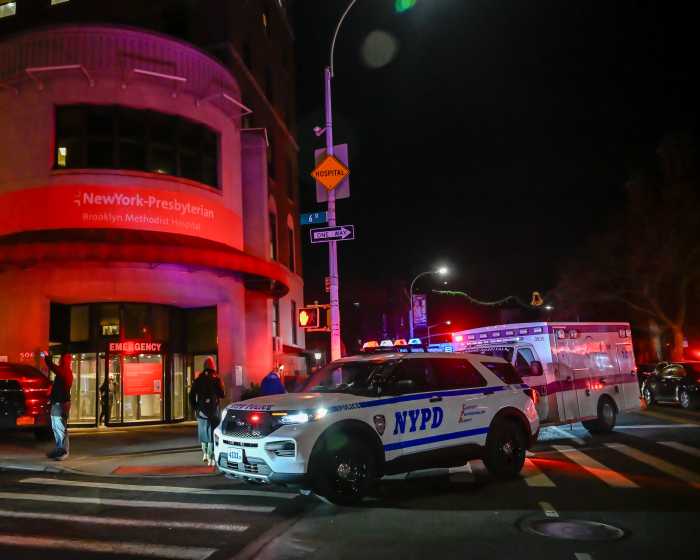
“This is why we are committed to winning workplace violence protections in our contracts. Our poorest safety-net hospitals have already agreed to strengthen protections from workplace violence,” Hagans said in a Jan. 9 statement. “New York City’s wealthiest hospitals including Mount Sinai and NewYork-Presbyterian, where there have been recent incidents of violence, need to do the right thing and settle fair contracts that keep nurses and patients safe.”
The ongoing negotiations do not include nurses at Brooklyn Methodist Hospital, who are on a separate contract. That contract is set to expire in April.
NYSNA narrowly avoided strikes at Maimonides and The Brooklyn Hospital Center in 2023, with Maimonides agreeing to what Hagans described at the time as “the best contract that we have ever had.” The 2023 contracts at Maimonides, TBHC and Wyckoff all included wage increases and better staffing ratios and healthcare benefits, NYSNA said at the time.
Ahead of the end of the most recent contract, nurses at Maimonides said the hospital was regularly understaffed and claimed the hospital was trying to pull retirement health benefits. At a series of rallies across the city late last year, NYSNA representatives and local elected officials urged safety-net hospitals like Maimonides and Wyckoff Heights to invest in nurses as federal healthcare funding cuts loomed, putting the future of those hospitals and their patients in jeopardy.


